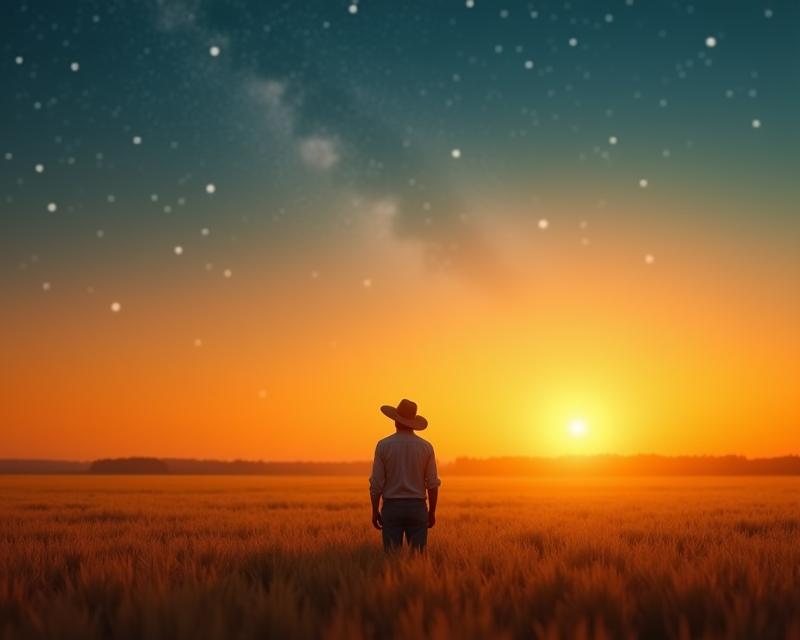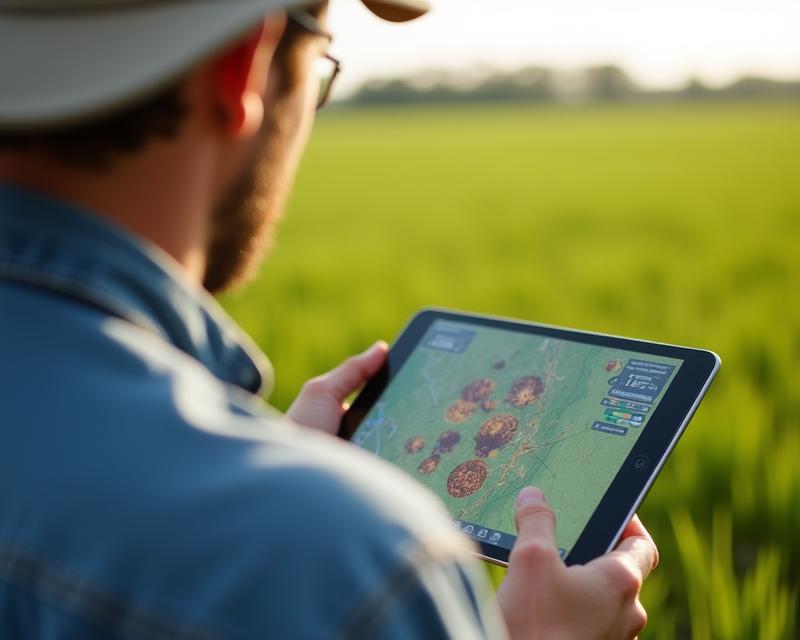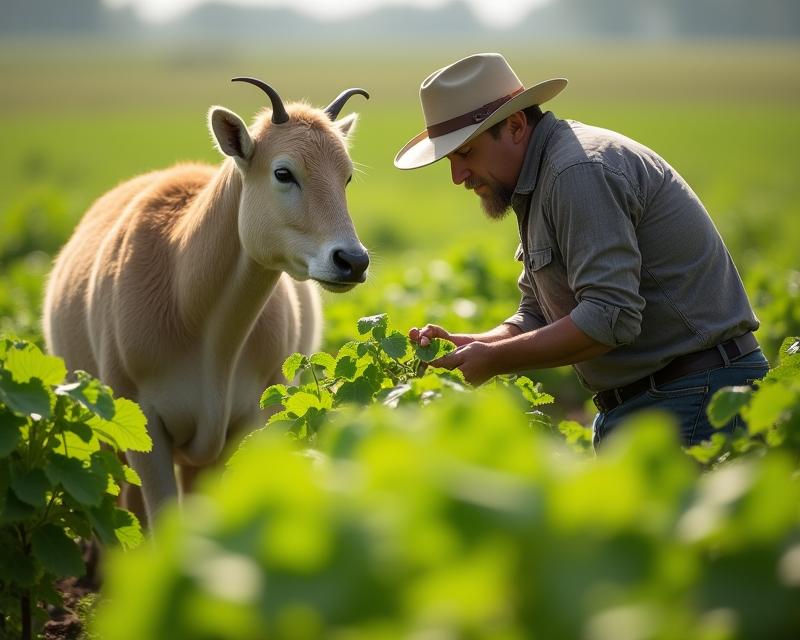Ancient Wisdom: Farming with the Stars
Publish in Sustainable Farming el 06/07/2025 17:58
Farming with the Stars: An Ancient Tradition
For millennia, farmers haven't just relied on the changing seasons; they've looked to the stars! Before clocks and calendars, early civilizations developed sophisticated methods for tracking time and predicting planting seasons by observing celestial bodies. This wasn't just superstition; it was a practical understanding of the universe and its influence on the agricultural cycle. Understanding these ancient techniques can offer valuable insights for modern farmers seeking a more sustainable and connected approach to their work.

Celestial Calendars: A Guide to the Year
The foundation of this practice lies in creating solar calendars. These calendars weren't based on lunar cycles like many modern ones, but on the sun's apparent movement across the sky. Early cultures like the Egyptians, Babylonians, and Mayans meticulously observed the sun's position during solstices and equinoxes – key points in the solar year. The solstices (summer and winter) and equinoxes (spring and autumn) marked significant shifts in temperature, daylight hours, and ultimately, optimal planting and harvesting times. These observations were often recorded on stone tablets, clay tablets, or even in elaborate astronomical observatories.
Planting Seasons and Stellar Alignment
The timing of planting was crucial for success. Farmers didn't just plant 'when it felt right.' They correlated planting dates with specific star alignments. For example, certain constellations might have been observed rising on a particular day, signaling the ideal time to sow seeds. Different crops had different celestial cues. Grain crops, like wheat and barley, often had planting seasons linked to the spring equinox, ensuring they received adequate sunlight and warmth. Vegetables, with their varying needs, might be planted based on the position of specific stars or planets. The Babylonians, for instance, developed detailed astronomical tables that helped them determine the best times to plant various crops, leading to highly productive harvests.
Modern Relevance: Reconnecting with the Earth
While we have modern calendars and weather forecasts, the principles behind farming with the stars remain relevant. Paying attention to the sun's path, moon phases, and even constellations can provide valuable insights into local weather patterns and soil conditions. It encourages a deeper connection to the natural world and a more holistic approach to farming. Consider tracking the rising of certain stars or planets to see if you can correlate them with changes in plant growth or soil moisture. It’s about observing, learning, and adapting to the rhythms of the earth – a practice that has sustained agriculture for thousands of years. You might be surprised at the insights you gain by looking up!
- Research local historical farming practices.
- Observe the sun's path throughout the year.
- Keep a journal of planting dates and crop yields.
- Consider using a simple sundial to track time.





